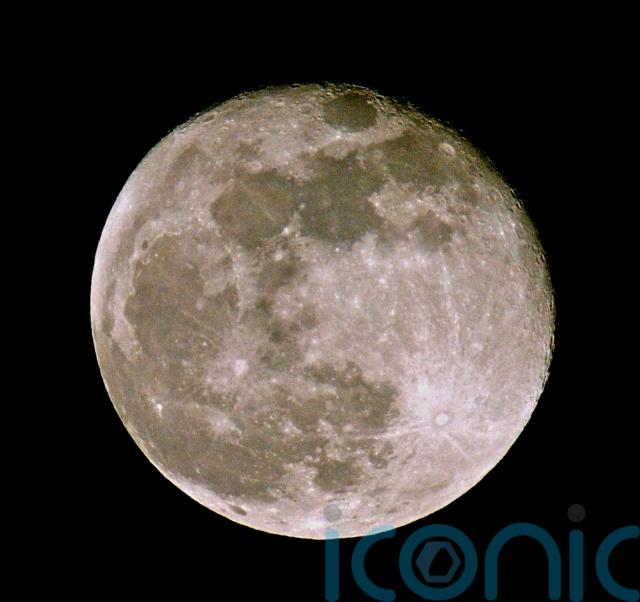
Scientists have used the most detailed supercomputer simulations yet to reveal an alternative explanation for the moon’s origin.
Scientists have used the most detailed supercomputer simulations yet to reveal an alternative explanation for the moon’s origin.
The study suggests a giant impact could have formed a moon-like body more rapidly, placing it into orbit around the Earth.
In their search for scenarios that could explain the Earth-moon system we know today, researchers at Durham University’s Institute for Computational Cosmology, simulated hundreds of different impacts using the AMD powered supercomputer.
They varied the angle and speed of the collision as well as the masses and spins of the two colliding bodies in a bid to create different scenarios.
The calculations were performed using the SWIFT open-source simulation code, run on the DiRAC Memory Intensive service (Cosma), hosted by the university on behalf of the DiRAC High-Performance Computing facility.
The extra computational power revealed that lower-resolution simulations can miss out on important aspects of large-scale collisions.
Only the high-resolution simulations produced the moon-like satellite, and the extra detail showed how its outer layers were richer in material originating from the Earth.
According to the researchers, if much of the moon formed immediately after a giant impact, this could also mean less became molten during formation than in the standard theories where the moon grew within a debris disk around Earth.
The researchers suggest that depending on the details of the subsequent solidification, these theories should predict different internal structures for the moon.
Co-author of the study, Vincent Eke, said: “This formation route could help explain the similarity in isotopic composition between the lunar rocks returned by the Apollo astronauts and Earth’s mantle.
“There may also be observable consequences for the thickness of the lunar crust, which would allow us to pin down further the type of collision that took place.”

Researchers found that even when a satellite passes so close to the Earth that it might be expected to be torn apart by the “tidal forces” from Earth’s gravity, it can not only survive but also be pushed onto a wider orbit, safe from future destruction.
Lead researcher of the study, Jacob Kegerreis, said: “This opens up a whole new range of possible starting places for the moon’s evolution.
“We went into this project not knowing exactly what the outcomes of these very high-resolution simulations would be.
“So, on top of the big eye-opener that standard resolutions can give you wrong answers, it was extra exciting that the new results could include a tantalisingly moon-like satellite in orbit.”
It is thought the moon formed following a collision 4.5 billion years ago between the young Earth and a Mars-sized object, called Theia.
Most theories see the moon created by gradual accumulation of the debris from this impact.
However, this has been challenged by measurements of lunar rocks showing their composition is like that of the Earth’s mantle, while the impact produced debris that comes mostly from Theia.
Experts say upcoming lunar missions should reveal new clues about what kind of giant impact led to the moon, which in turn will tell us about the history of Earth itself.
The research, published in the Astrophysical Journal Letters, was partly supported by a DiRAC Director’s Discretionary Time award and a Science and Technology Facilities Council (STFC) grant.
Subscribe or register today to discover more from DonegalLive.ie
Buy the e-paper of the Donegal Democrat, Donegal People's Press, Donegal Post and Inish Times here for instant access to Donegal's premier news titles.
Keep up with the latest news from Donegal with our daily newsletter featuring the most important stories of the day delivered to your inbox every evening at 5pm.